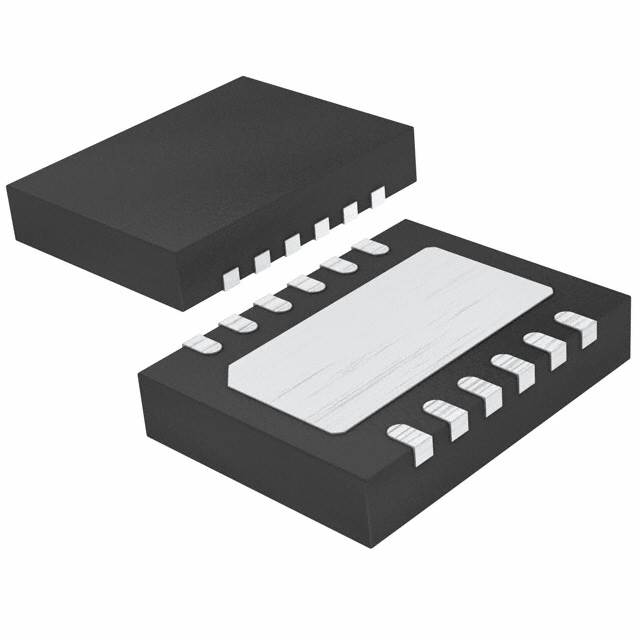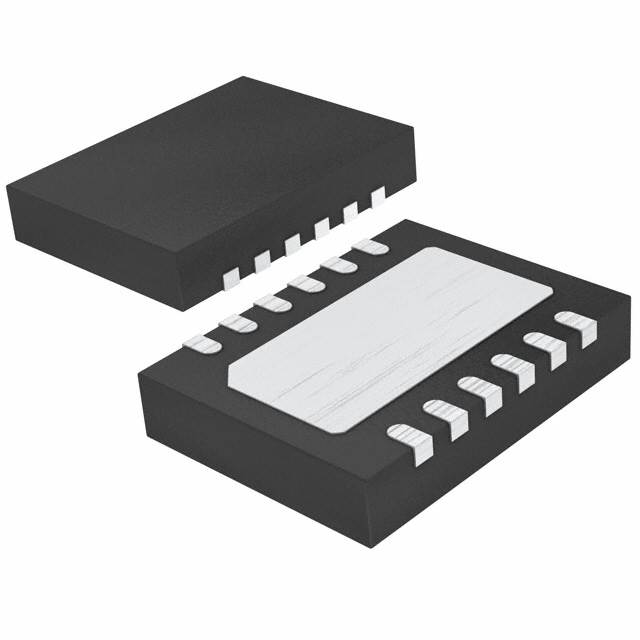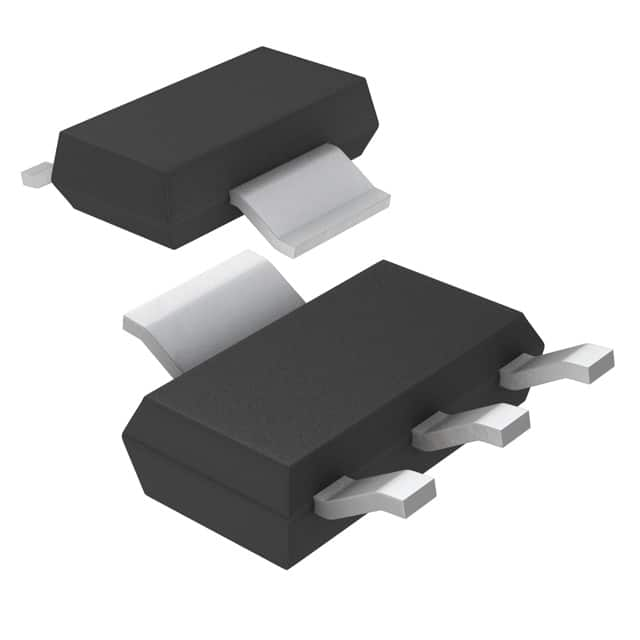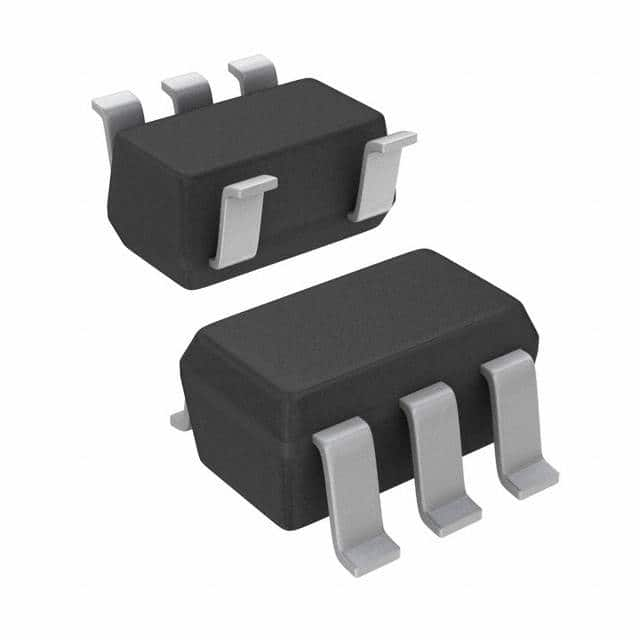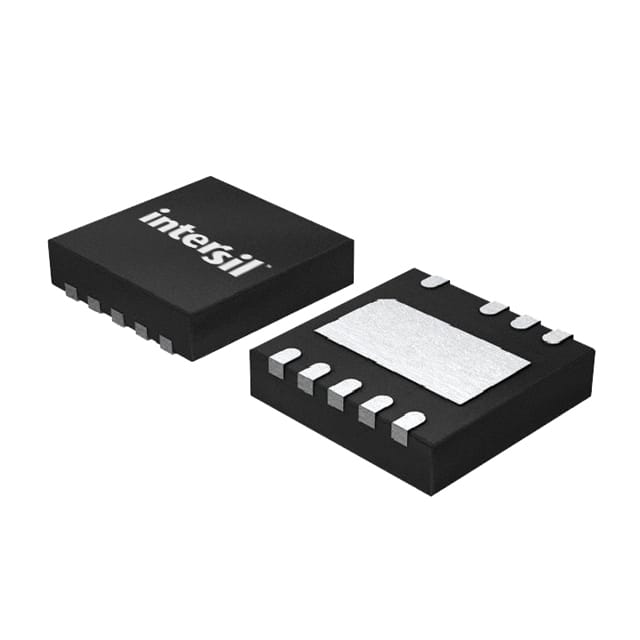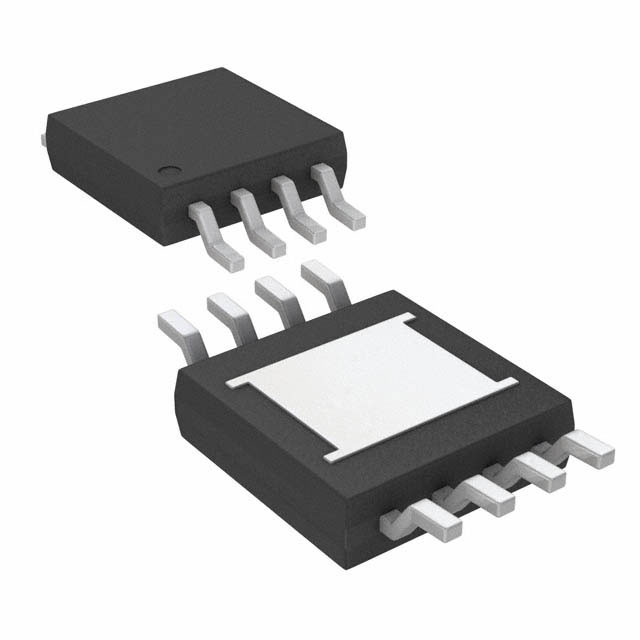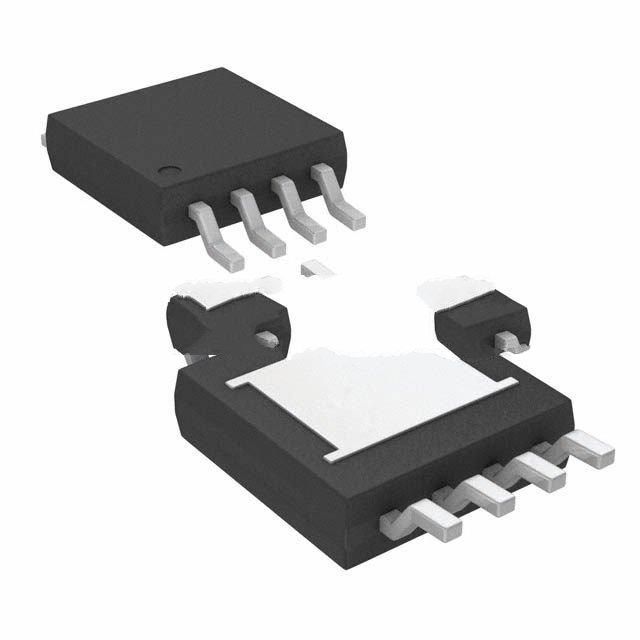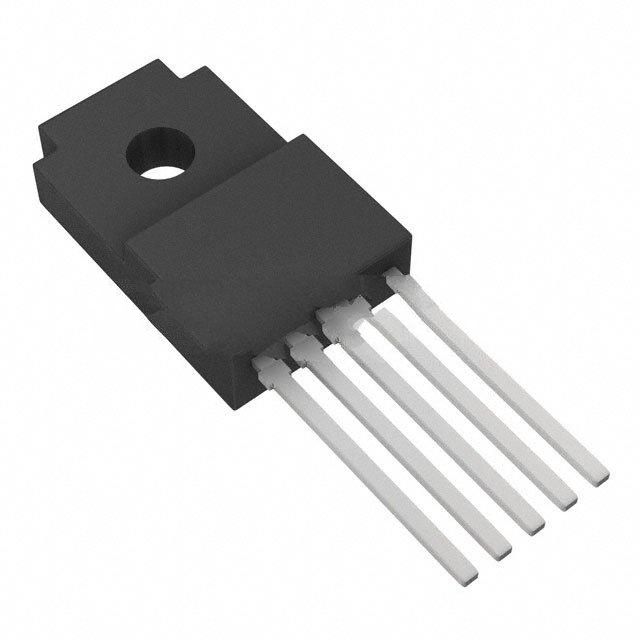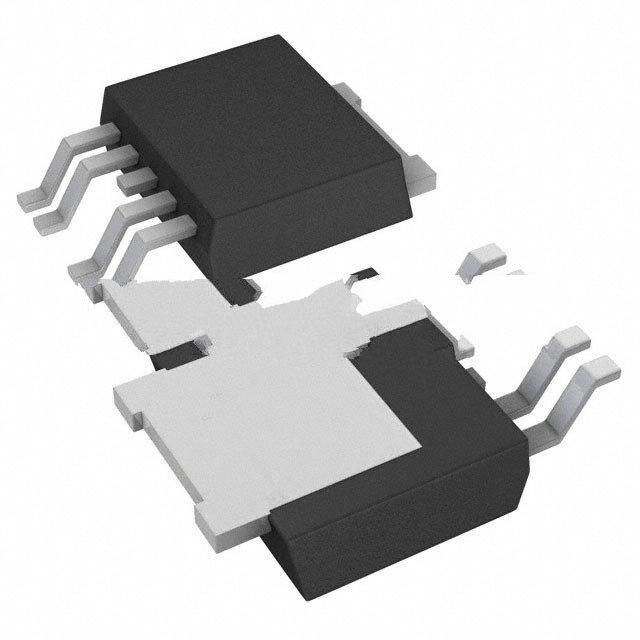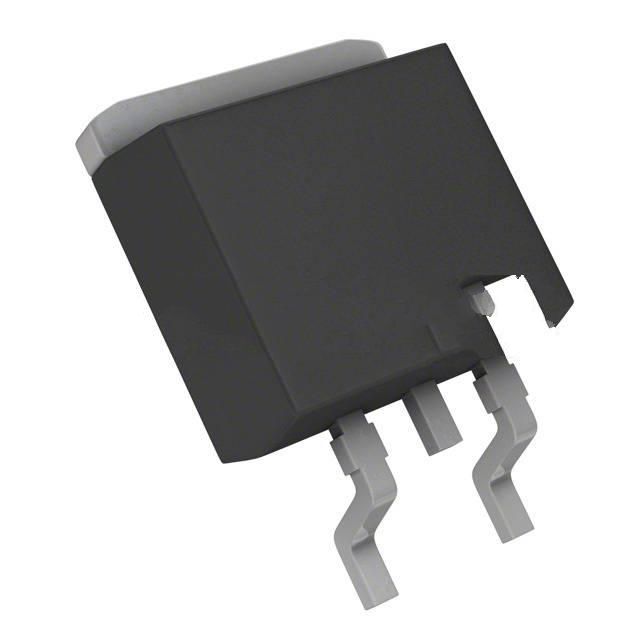BD35222EFV-E2 Product Introduction:
Rohm Semiconductor Part Number BD35222EFV-E2(PMIC - Voltage Regulators - Linear), developed and manufactured by Rohm Semiconductor, distributed globally by Jinftry. We distribute various electronic components from world-renowned brands and provide one-stop services, making us a trusted global electronic component distributor.
BD35222EFV-E2 is one of the part numbers distributed by Jinftry, and you can learn about its specifications/configurations, package/case, Datasheet, and other information here. Electronic components are affected by supply and demand, and prices fluctuate frequently. If you have a demand, please do not hesitate to send us an RFQ or email us immediately sales@jinftry.com Please inquire about the real-time unit price, Data Code, Lead time, payment terms, and any other information you would like to know. We will do our best to provide you with a quotation and reply as soon as possible.
Introducing the Rohm Semiconductor BD35222EFV-E2, a cutting-edge power management IC designed to revolutionize the way electronic devices are powered. With its advanced features and versatile application fields, this product is set to redefine the industry standards.
The BD35222EFV-E2 boasts an impressive array of features that make it stand out from the competition. Firstly, it offers a high level of integration, combining multiple functions into a single chip. This not only saves valuable board space but also simplifies the design process, reducing development time and costs. Additionally, it features a wide input voltage range, making it compatible with a variety of power sources.
One of the standout features of the BD35222EFV-E2 is its exceptional efficiency. With its advanced power management algorithms, it maximizes power conversion efficiency, resulting in reduced power consumption and longer battery life. This makes it an ideal choice for battery-powered devices such as smartphones, tablets, and wearables.
Furthermore, the BD35222EFV-E2 offers comprehensive protection features, including overvoltage, overcurrent, and thermal shutdown protection. This ensures the safety and reliability of the device, even in demanding operating conditions.
The versatility of the BD35222EFV-E2 extends to its application fields. It can be used in a wide range of electronic devices, including consumer electronics, industrial equipment, and automotive applications. Its compact size and high performance make it an excellent choice for space-constrained applications.
In conclusion, the Rohm Semiconductor BD35222EFV-E2 is a game-changing power management IC that combines advanced features, exceptional efficiency, and versatile application fields. With its innovative design and superior performance, it is set to revolutionize the way electronic devices are powered.
Voltage Regulators-Linear is an electronic device used to convert an unstable DC voltage into a stable DC voltage. It regulates the voltage through an active component (such as a transistor or field effect tube) and a feedback network to ensure that the output voltage remains constant within a certain range. Linear regulators usually operate under low input voltage changes and load changes, and are able to provide a very clean and smooth output voltage.
Application
Voltage Regulators-Linear has a wide range of applications, covering almost all electronic devices requiring a stable DC power supply. In the field of consumer electronics, linear voltage regulators are widely used in mobile phones, tablets, laptops and other portable devices to provide stable voltage support for core components such as processors, memory and display screens. In the field of industrial automation and instrumentation, linear voltage regulators are often used in precision measuring instruments, sensor signal processing and other occasions because of their low noise and high precision characteristics. In addition, linear regulators also play an indispensable role in areas such as medical equipment, aerospace, and automotive electronics, where the quality of the power supply is extremely high. For example, in medical equipment, linear regulators ensure the power stability of devices such as pacemakers and monitors, ensuring the safety of patients.
FAQ about PMIC - Voltage Regulators - Linear
-
1. When should a linear regulator be used instead of a switching regulator?
In low-power and low-frequency application scenarios, a linear regulator should be used instead of a switching regulator.
Linear regulator Suitable for low-power and low-frequency applications, with simple circuit structure, low noise and good stability. They control the output voltage of the transistor through a current amplifier to keep the output voltage stable. This working mode makes linear regulators perform well in low-power and low-frequency applications, although they are less efficient and generate more heat, and their application range is limited. In contrast, switching regulators use high-frequency pulse modulation technology to convert input voltage into a stable output voltage. They have the advantages of high efficiency, small size and fast response, and are suitable for high-power and high-frequency applications. Therefore, when the application requirements are not the main considerations for circuit complexity and cost, but have high requirements for the stability and
-
2. Do linear regulators need capacitors?
Linear regulators usually require capacitors.
The working principle and design requirements of linear regulators determine that they usually require capacitors to ensure stable operation. These capacitors are mainly used to filter and stabilize the output voltage, help reduce output ripple and noise, and thus improve the stability and reliability of the power supply.
Specifically:
1. Input and output capacitors: Linear regulators usually require one or more input capacitors and one output capacitor. These capacitors help smooth the input and output voltages, reduce voltage fluctuations, and thus provide a stable output voltage.
2. Power supply rejection capability: The power supply rejection capability of a linear regulator is an important indicator, which is related to whether it can effectively suppress unwanted signals and avoid interference with the output voltage. If the power supply rejection capability is poor, unnecessary signals may be left behind, affecting the purity of
-
3. Which is better, switching power supply or linear regulator?
Switching power supply and linear regulator each have their advantages and disadvantages, and choosing which one is better depends on the specific application requirements.
The main advantages of switching power supply include:
High efficiency: The conversion efficiency of switching power supply can reach 90%~95%, which is much higher than the 30% or so of linear regulator.
Small size and light weight: Due to the high efficiency and high-efficiency transformer of switching power supply, large heat sink can be omitted, and high-frequency transformer replaces power frequency transformer, greatly reducing volume and weight.
Wide voltage regulation range: The output voltage of switching power supply can compensate for the change of input voltage by adjusting the duty cycle to ensure stable output voltage.
Various circuit forms: Designers can design switching power supplies that meet the needs according to different application scenarios.
However, switching power supplies also have so
 Lead free / RoHS Compliant
Lead free / RoHS Compliant











